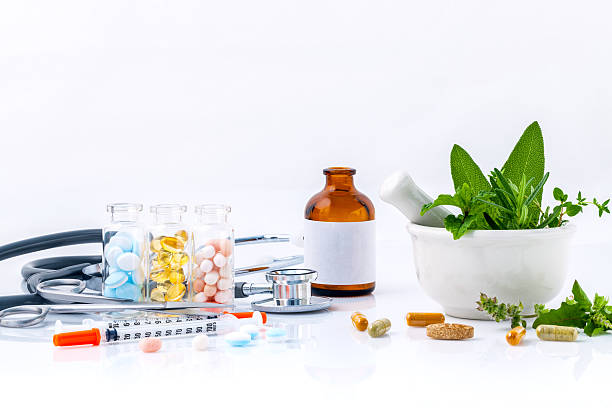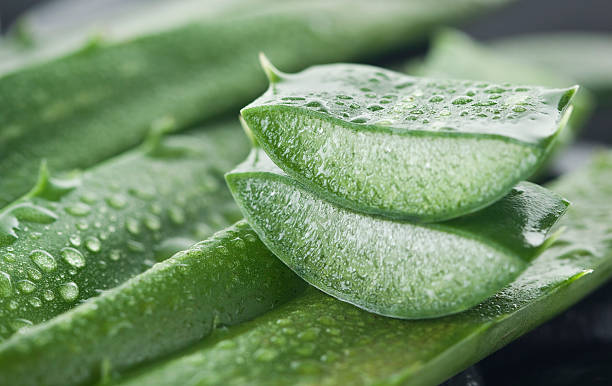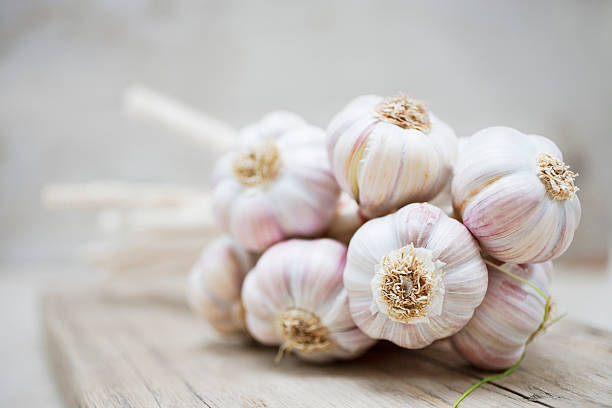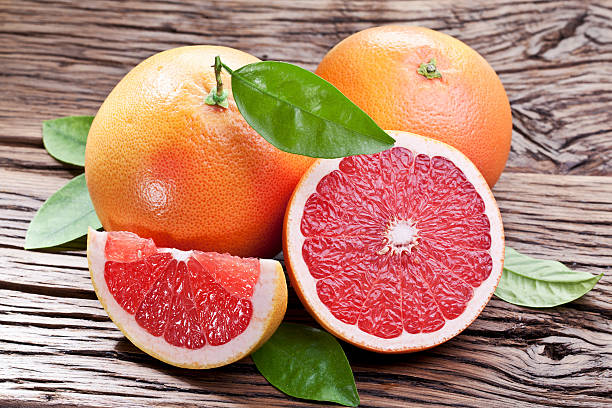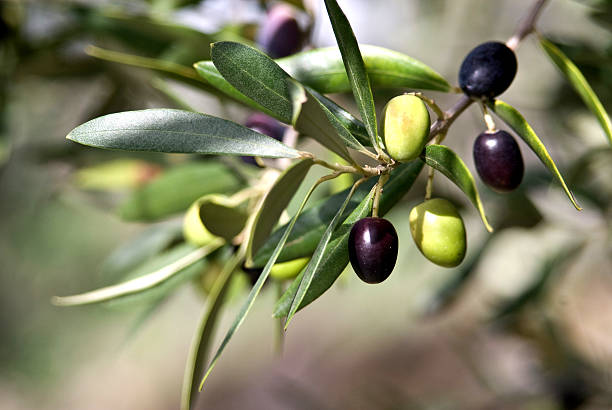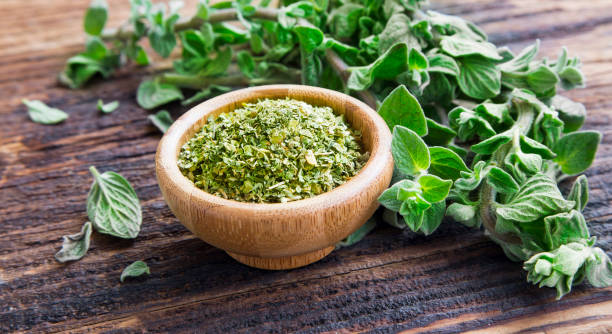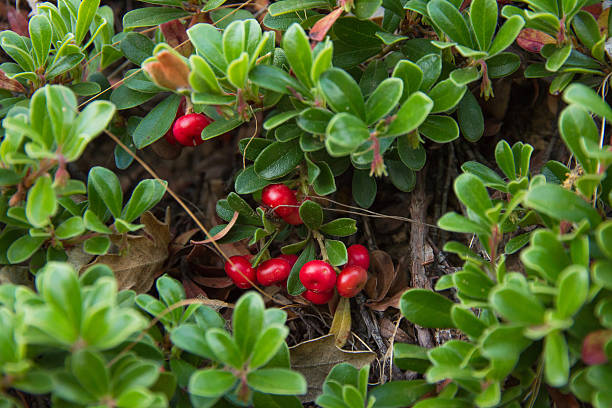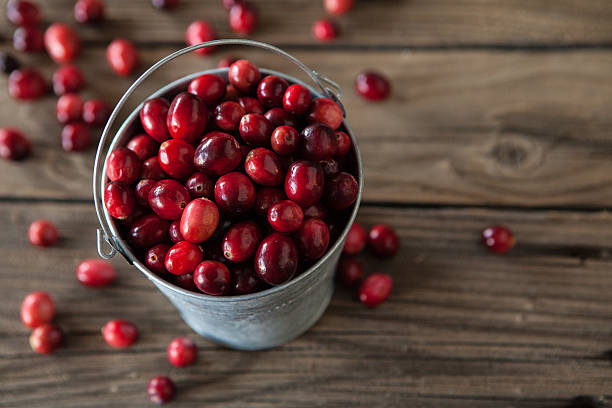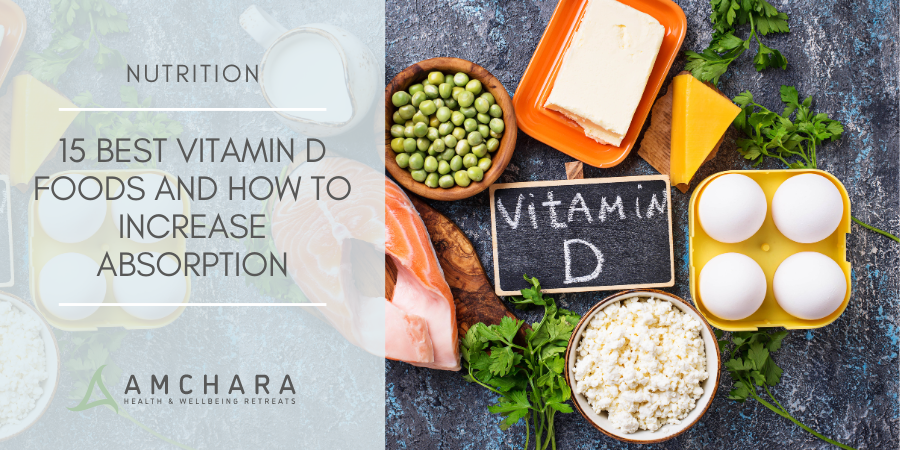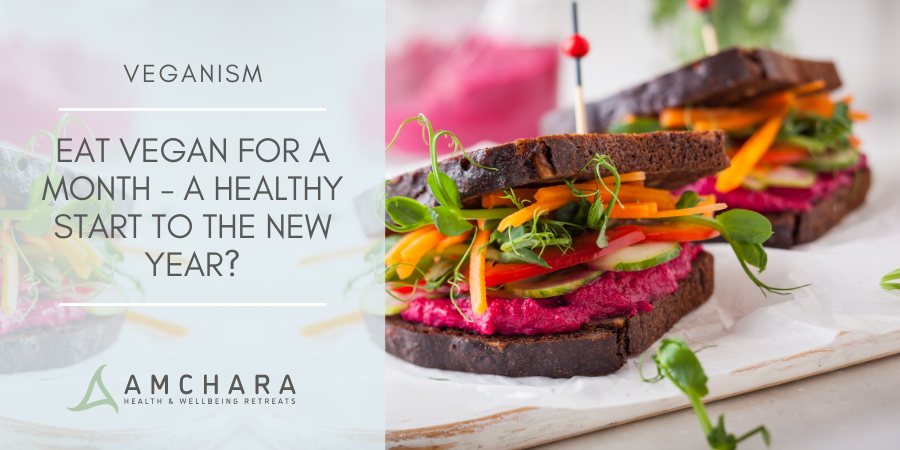Aloe Vera | Echinacea | Garlic | Grapefruit | Olive Leaf | Colloidal Silver | Oregano | UVA Ursi | Cranberry
Natural Antibiotics – That Don’t Require A Prescription!
When it comes to helping to treat some minor ailments, we can take advantage of the whole host of natural antimicrobials around us. Mother Nature’s Medicine chest is abundant with healing plants that are freely available to help you combat a variety of ailments from the common cold to urinary infections. Take your pick!
ALOE VERA (Aloe barbadensis Miller)
A remarkable cactus like plant held in high esteem by the ancient Egyptians who referred to it as the ‘plant of immortality’.
The leaves exude a gel containing Anthraquinones, which have been shown to have wide antimicrobial activity.
Many of the medicinal effects of aloe leaf extracts have also been attributed to the polysaccharides found in the inner leaf;
However the biological activity is thought to be due to the synergistic effects of the whole plant compounds rather than a single chemical substance.
Aloe Vera has immunostimulant, antioxidant and anti-inflammatory properties, and may also help with gastrointestinal problems such as constipation and also wound healing.
ECHINACEA (Echinacea angustofolia/purpurea/pallida)
All three types of Echinacea are members of the Asteraceae family and are native to the United States of America.
Echinacea is one of the most commonly studied plants due to its immunostimulant properties.
Echinacea contains a wide range of chemical constituents that have pharmacological activity.
The most important components are polysaccharides, flavonoids, caffeic acid derivatives, essential oils, polyacetylenes and alkylamides.
These compounds are believed to work synergistically to act as a natural antibiotic and anti-viral.
The beneficial effects of Echinacea in the treatment of infections are due to its immune stimulating properties rather than being directly anti-bacterial or anti-viral.
Echinacea could help to elevate white blood cell counts when they are low and increases the activity of cells that destroy bacteria and viruses.
These actions help to increase the body’s resistance to infections which is why it can be so effective in the treatment of minor infections such as colds, upper respiratory tract infections, urogenital infections and many other general infective conditions.
Numerous clinical trials have confirmed the ability of Echinacea to enhance Immune activity, making this is a herb you know you can rely on during the sneezing season!
GARLIC (Allium sativum)
A member of the Liliaceae family and a relative of the onion, Garlic has been used worldwide for thousands of years, both for its robust flavour and amazing health benefits.
One of the basic tenets of Naturopathy is that food is your medicine and garlic demonstrates this beautifully…
A variety of garlic preparations have been shown in studies to exhibit a wide spectrum of antibacterial activity that may help against species such as:
- Escherichia
- Salmonella
- Staphylococcus
- Streptococcus
- Klebsiella
- Proteus
- Bacillus
- Clostridium
- Helicobacter Pylori.
Another positive aspect of garlic’s antibacterial activity is the apparent inability of most bacteria to develop a resistance to it.
This is due to its method of action, which appears to be completely different to that of other antibiotic substances.
The main antimicrobial effect is due to ‘allicin’, which seems to affect the enzyme activity within the bacteria reducing its virulence.
Quite apart from its antimicrobial properties garlic has also been found to have powerful antioxidant activities.
Recent research has shown that garlic that has been sprouted for 5 days has higher antioxidant activity than fresher younger bulbs and appears to make different substances that are beneficial to health. Sprouting therefore could be a useful practice to improve the antioxidant potential of garlic.
GRAPEFRUIT SEED EXTRACT (GSE)
The grapefruit is a sub-tropical citrus tree, which has long been prized for its health properties as well as being delicious.
It is only relatively recently that the seed of the grapefruit has become valued for its potential health benefits.
Grapefruit seeds contain flavonoids, ascorbic acid, sterols, tocopherols, citric acid and liminoids.
The extract is derived from the seeds, the pulp and the white membranes of the fruit.
There have been many testimonials suggesting that grapefruit seed extract is effective against more than 800 bacterial and viral strains.
It appears to work by disrupting the bacterial membrane and liberating the cytoplasmic contents.
After investigating its antimicrobial activity research results published in the Journal of Alternative and Complementary Medicine, confirmed that GSE had antimicrobial properties against a wide range of bacteria.
OLIVE LEAF (Olea europaea)
Olive leaf (Olea europaea) is the leaf of the olive tree and is native to the Mediterranean.
The healing power of this plants foliage has been recognised since the 1880’s when it was utilised to help counteract malaria and reduce fevers.
In the last century extracts have been studied in both animals and humans, which have revealed its strong antimicrobial properties.
Evidence from Japanese research has shown that d-lenolate, a natural component extracted from olive leaves, is the constituent that appears to be effective against microbial infections.
Immune cells called phagocytes are used by the body’s defence systems to move through the body engulfing and digesting infectious agents in a process called ‘clearing’.
The Japanese researchers found that d-lenolate is highly effective in stimulating these phagocytic cells, increasing their ability to remove infectious agents from the body.
It is also thought to work by inactivating the cellular enzymes crucial for bacterial replication.
COLLOIDAL SILVER
Cultures throughout the world have been using silver to fight bacteria since 400 B.C.
However, since antibiotics were discovered the use of silver has declined.
Problems we are now experiencing due to antibiotic resistant strains of bacteria have brought about a renewed interest in silver.
Research evidence shows it to be an effective agent against a wide spectrum of bacterial, viral and fungal infections.
Interestingly, some studies have now shown that it may be very effective against antibiotic resistant pathogens.
Research carried out on mice has shown that low doses of silver can make antibiotics up to 1000 times more effective.
It appears that silver dehydrates the cells and interferes with the bacteria’s metabolism making the cells more permeable.
This may help the antibiotics to work as the cells of bacteria are often impenetrable to antibiotics due to the molecular size of the drugs.
Silver is also routinely used within hospitals, where equipment and dressings have benefited from the use of silver to reduce bacterial infection.
OREGANO (Origanum vulgare)
This popular kitchen ingredient Oregano (Origanum vulgare) is part of the Lamiacea family and is a closed related species of the mint family.
It has traditionally been used for its health benefits as well as its earthy aromatic flavours in cooking.
Studies show that the essential oils oregano contain, such as carvacrol and thymol, exhibit very strong antibacterial activity. The oils are thought to work by targeting the bacterial cell membranes rendering them permeable and leading to leakage of the cell contents.
Oregano being a strong antimicrobial is commonly used for treating diarrhoea, respiratory infections, stomach and gallbladder disorders and spasmodic coughs.
It may also be helpful as a traveller’s supplement to protect against water borne bugs in countries where hygiene is a concern and to aid recovery from food poisoning and prevent subsequent infections.
A recent in vitro study demonstrated oregano’s effectiveness in treating infection by the amoeba Giardia Lamblia as superior to one of the commonly used prescription antibiotics.
This was attributed to the high content of the volatile oils thymol and carvacrol.
These essential oils have also been shown to inhibit the growth of bacteria Staphylococcus aureus, Escherichia coli and Klebsiela.
Because oregano is considered such a potent anti-microbial it could also eliminate beneficial bacteria so it may be necessary to supplement with a high strength probiotic simultaneously to replace these.
Oregano also has tremendously powerful antioxidant activity.
The U.S. department of Agriculture determined that it has forty two times as much antioxidant activity as apples, thirty times as much as potatoes and twelve times as much as oranges.
Oregano ranks as having the highest antioxidant activity of any herb or food tested.
UVA URSI (Arctostaphylos)
Also known as Bearberry, this plant has been used by many different cultures for over 1000 years to treat bladder problems.
Up until the discovery of sulphur drugs and antibiotics Uva Ursi was a common treatment for bladder related infections.
It is still used in modern day herbalism as a reliable treatment for bacterial infections of the bladder such as cystitis.
The active constituent of Uva Ursi is ‘arbutin’ a substance which is absorbed into the blood and excreted through the kidneys unchanged into the urine.
Once in the urine arbutin liberates a substance called hydroquinone, which has an antiseptic effect on the kidneys as well as the ureters and bladder.
Interestingly because arbutin does not become antiseptic until it gets into the urine, the body is able to deliver a highly concentrated amount of the ‘active’ antiseptic directly into the urinary tract.
Researchers believe the herb works best in alkaline urine since acid destroys its antibacterial effect.
The herb also contains tannins that have astringent effects – shrinking and tightening mucous membranes in the body, which helps to reduce inflammation and fight infection.
CRANBERRY (Vaccinium macrocarpon)
Drinking the juice from the fruit of cranberries to ward off cystitis is a commonly used remedy but its usefulness was actually discovered in 1840 by German researchers.
They discovered that consuming cranberries caused a chemical called hippuric acid to be excreted in the urine.
Although it is an acid it does not greatly affect the acidity of the urine.
It works by reducing the ability of bacteria to attach themselves to the lining of the urinary tract and particularly the wall of the bladder, thus making it easier to flush bacteria out during urination.
A clinical trial reported in the Journal of the American Medical Association (JAMA) identified that 73% of patients with recurrent UTIs reported a significant improvement in their condition after drinking a daily pint of cranberry juice over a 3 week period.
Cranberries are also a rich source of antioxidants with high levels of anthocyanidins which have been suggested to potentially inhibit the development of cancer and atherosclerosis.
Fresh cranberries have much higher amounts of antioxidants compared to dried fruits. Cranberry drinks that contain sugar or artificial sweeteners have the lowest levels.
This is just a few of the amazing antimicrobials that nature has to offer.
Many of which can be incorporated into everyday cooking to give all year round health benefits.
Why not give some a try…
READ NEXT:

